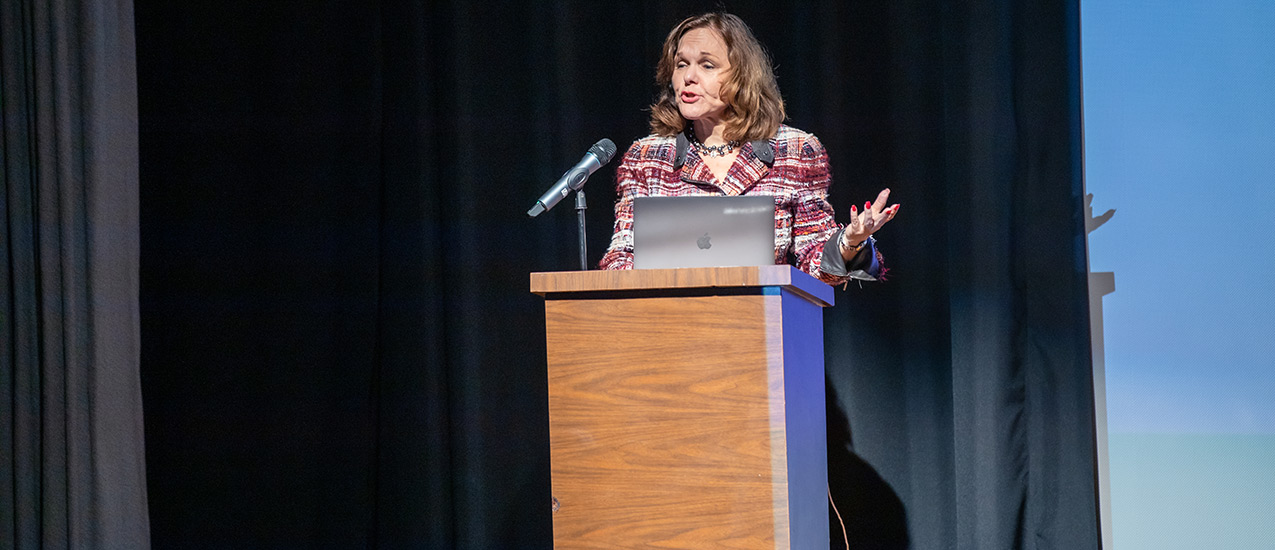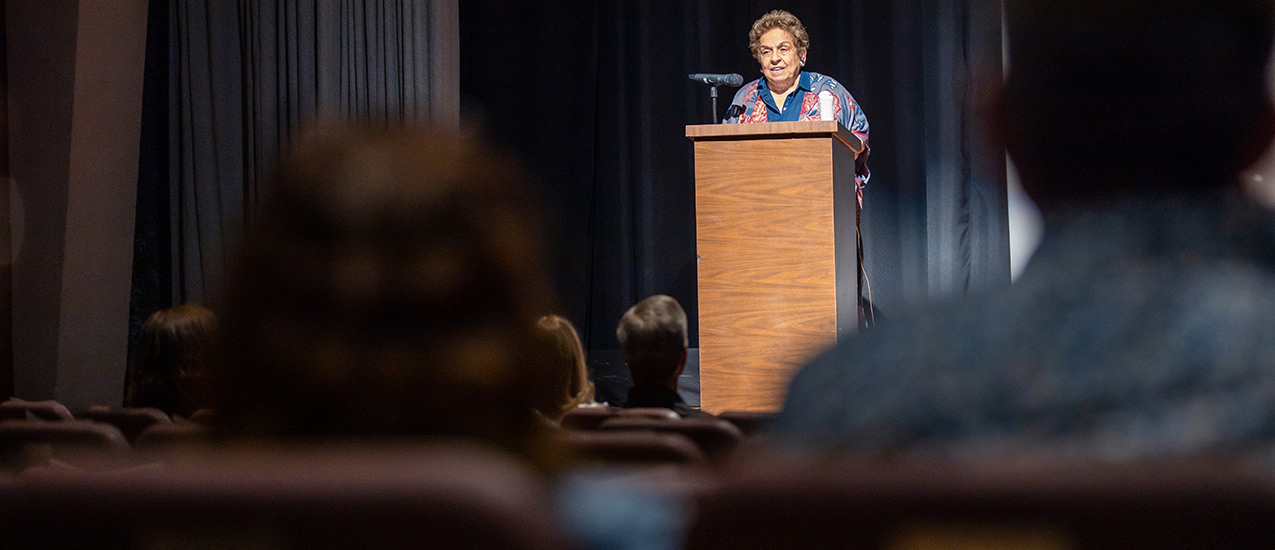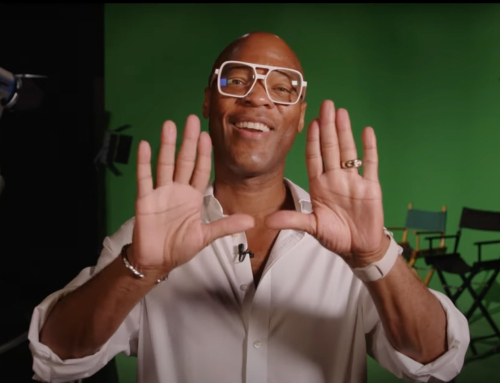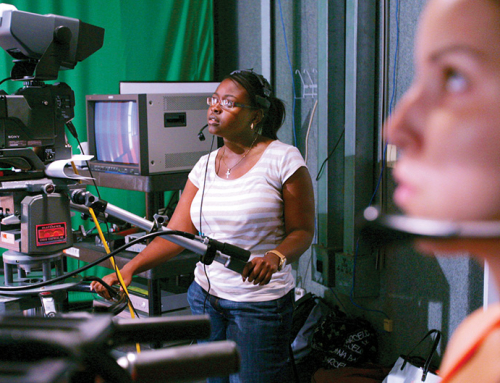By: Karina Valdes
Recently, the University of Miami School of Communication presented the first installment of Celebrating Women Who Communicate. The School invited Hilarie Bass, UM Board of Trustees chair and founder and president of the Bass Institute for Diversity and Inclusion, and Congresswoman Donna Shalala, to speak about the problem of gender bias and ways to improve media and journalism. The event featured a screening of a documentary on acclaimed journalist Molly Ivins, Raise Hell: The Life & Times of Molly Ivins.
In her opening remarks, School of Communication Dean Karin Wilkins, introduced the significance of media, in that gender bias may be reinforced through media representation, but constructive solutions can be found as well in how we support voice and diversity in controlling narratives.
“These gendered expectations may affect women, as well as men,” said Wilkins. “Part of the solution is moving beyond dichotomies. We can be more than just having to choose between ambition and compassion. If you are asked ‘Why are you so ambitious?’ We have an answer; because we can be and we should be.”
Although women and men graduate college at almost the same rate, women lag behind men in almost every profession.
“The suggestion that women are not being promoted because, either, they are not capable, or, because they want to be at home taking care of children, is not supported by the data,” said Bass.
What studies are showing is that implicit gender bias hinders hiring, promotion, and compensation decisions.
“This idea that judgements are theoretically objective and based on quality is in fact continually undermined because what we know is that it has much more to do with who the reviewer is and who they’re reviewing,” said Bass.
Implicit bias has its roots in our exposure to images and stereotypes from the time we are children. These subliminal messages contribute to our impressions of others and unintentionally inhibit objectivity.
“What we have to recognize is that this bias, which all of us have, is something that, if we were conscious of it, we would say that there’s no way that’s me,” said Bass.
The media’s role in implicit gender bias is undeniable. Looking at the number of women versus men on the evening news, in print, and other forms of journalism showed that time after time men are represented more than women. Yet more women than men graduate from journalism programs.
“As soon as women join the work force, they become underrepresented,” said Bass.
That underrepresentation equates to men’s voices dominating the media landscape, making those of women inaudible. In a Financial Times study, only 21% of the people who are quoted in its reports are women.
“If you are exposed 80% of the time to experts who are only men, that is going to have an impact about your assumption on who the experts are,” said Bass.
The silver lining is that research is proving the existence of implicit gender bias, which is leading to change. After the Financial Times concluded its study, the organization developed a bot that analyzes sources to determine their gender and alerts editors if women are not featured enough in articles.
Although there is still much work to do to combat implicit gender bias, women have fought and worked hard to make sure their voices are heard. Raise Hell: The Life & Times of Molly Ivins was screened to celebrate one of these revolutionary women. Back in the late 1960s, when Molly Ivins began her journalism career as a reporter for the Minneapolis Tribune, there were very few women in the field. Her career spanned four decades and blazed a trail for women reporters. She was unconventional in her behavior, unabashed in her reporting of politics, and unafraid of standing up to men in power.
“We keep pretending that the political spectrum runs from right to left,” said Ivins in Raise Hell: The Life & Times of Molly Ivins. “It doesn’t. It runs from top to bottom. It’s not those people in Washington. It’s not those people in your state capital. This country is run by us.”
In 1976, Ivins began working for The New York Times. Mutual friends of Ivins and Shalala, who was a professor at Columbia University at the time, asked the latter to show Ivins around New York City and help her meet people in the city.
“[Helping her meet people] was not necessary with Molly Ivins. As you will see in the movie, she was a hard-drinking journalist from a previous era, except that she was more talented as a writer and as a humorist than anyone we have seen since. She was a world-class reporter with this incredible sense of humor,” said Shalala.
Before Ivins worked for The New York Times, she spent six years reporting for the Texas Observer where she covered the Texas Legislature.
“Her genius was exposed in her coverage for the Texas Observer. Molly, in fact, made the Texas Observer. She had this gift for capturing corruption in politics with a sense of humor that no other journalist has had since,” said Shalala.
Ivin’s reporting of the Texas Legislature for the Texas Observer cemented her reputation nationally as a no-nonsense journalist with colorful wit who exposed corruption and elitism. Her storied career came to an end in 2007 when she passed away after a long battle with cancer.
“She died too young, but what a life,” said Shalala.
Celebrating Women who Communicate was held on Feb. 18 at the Bill Cosford Cinema.








